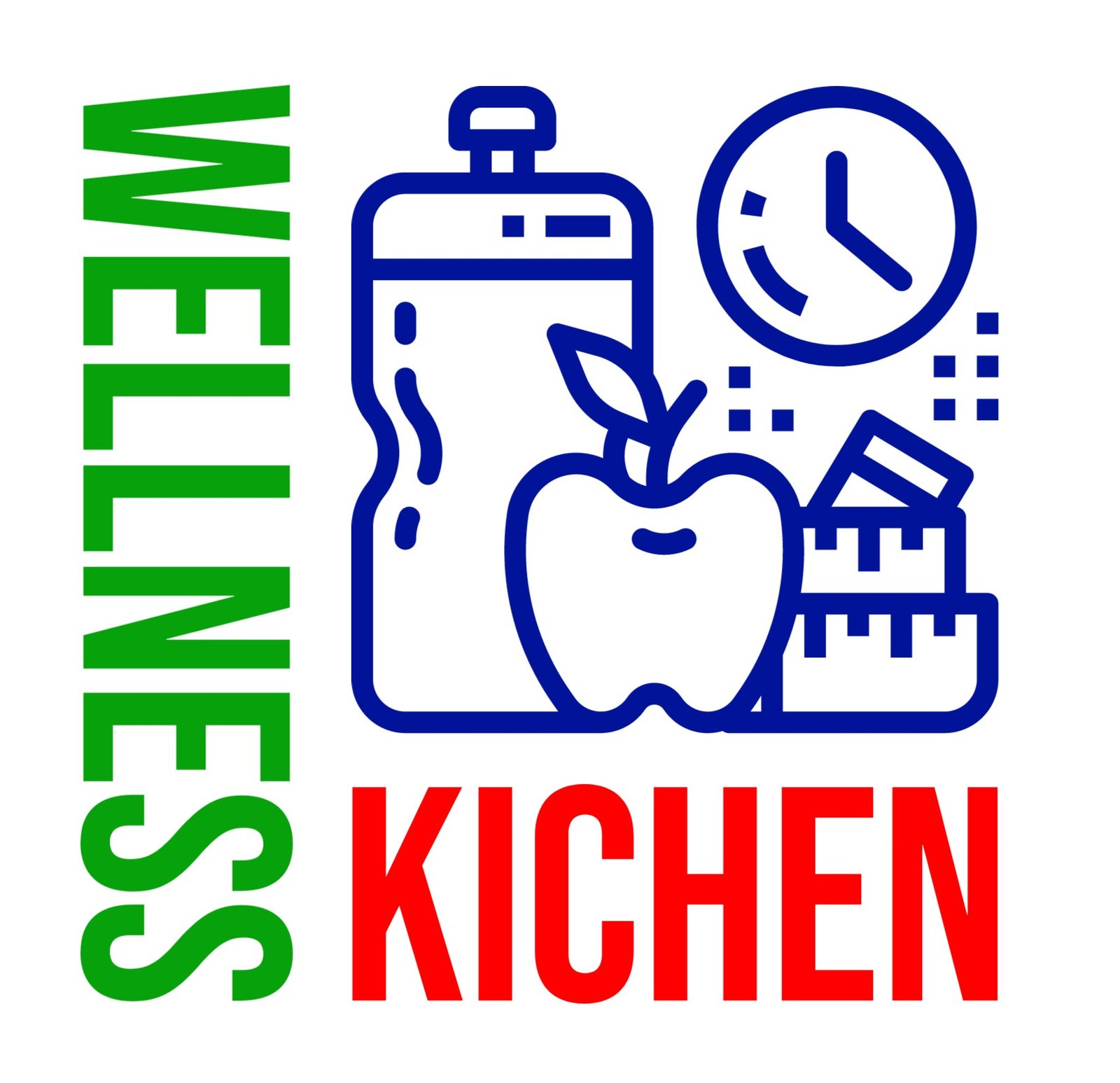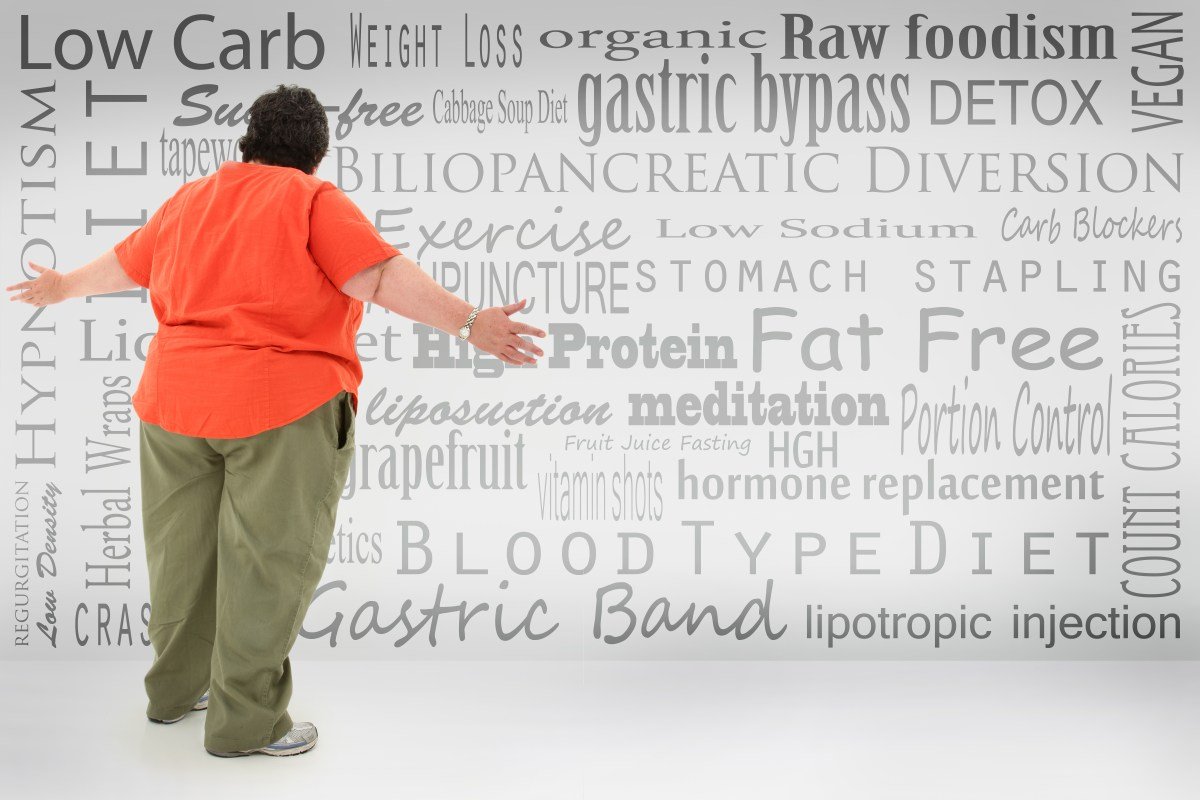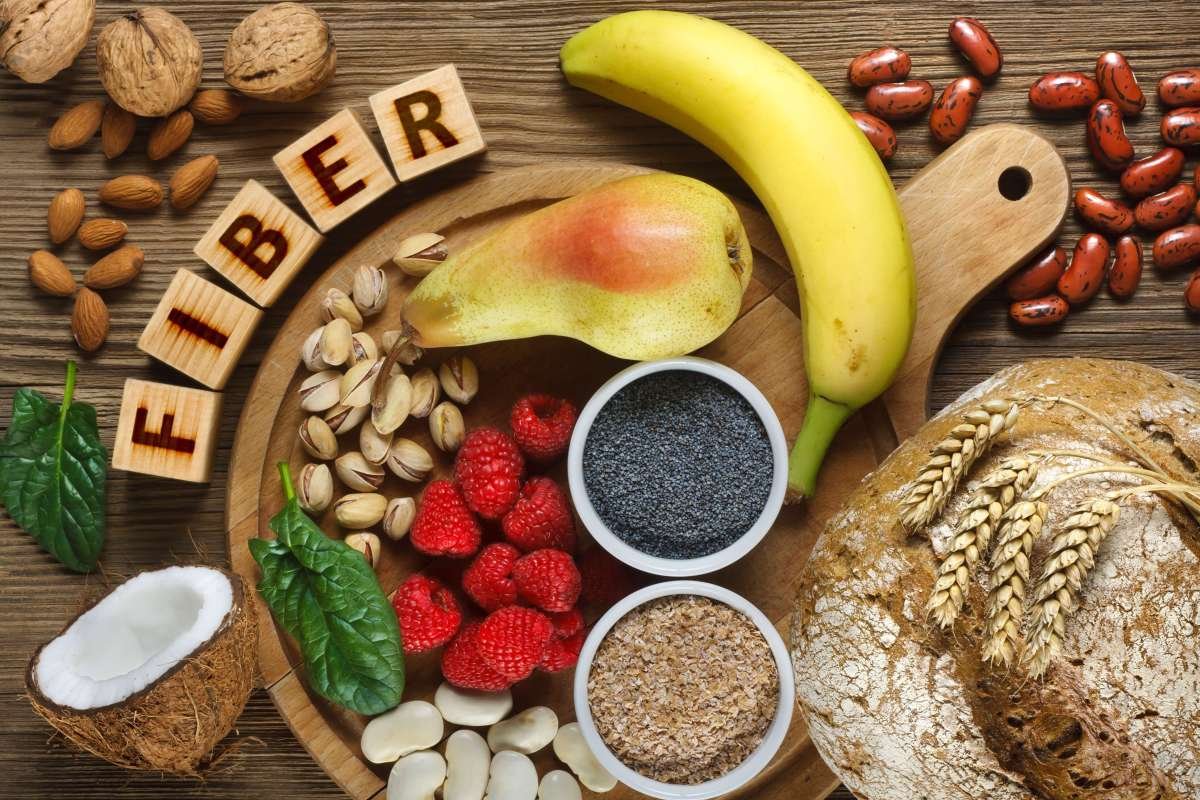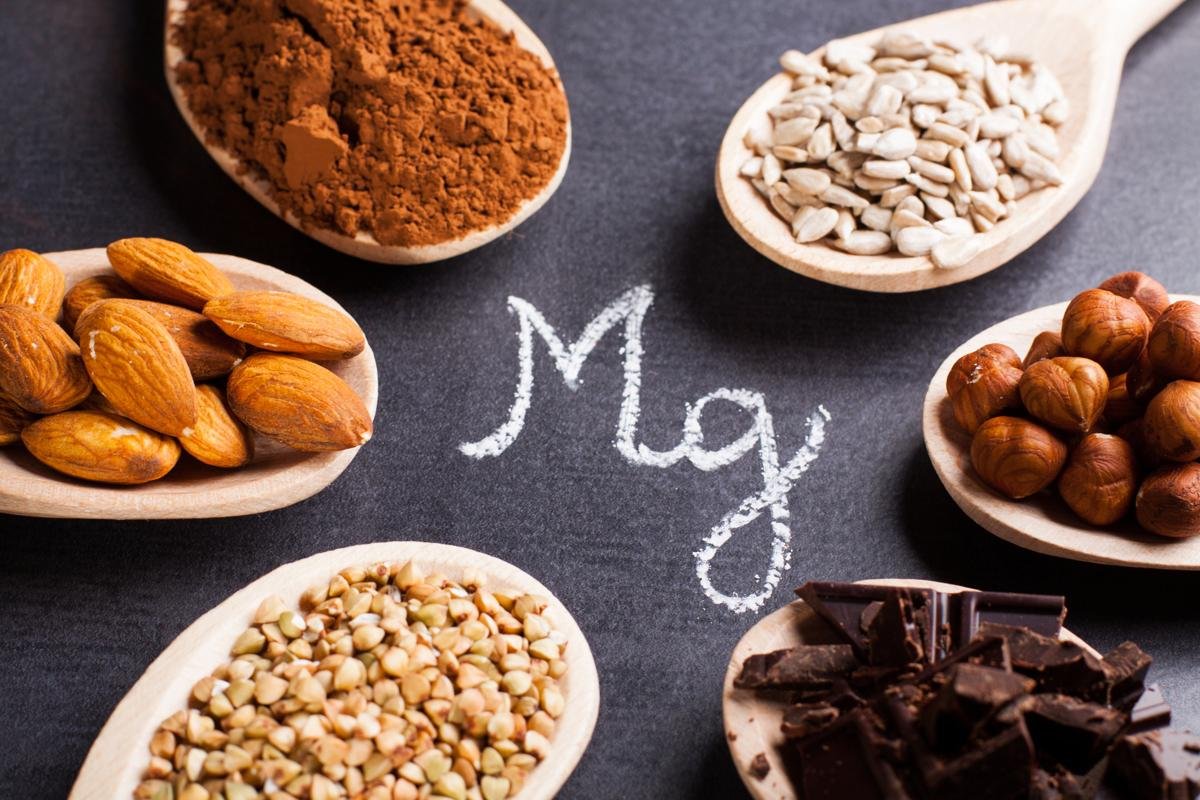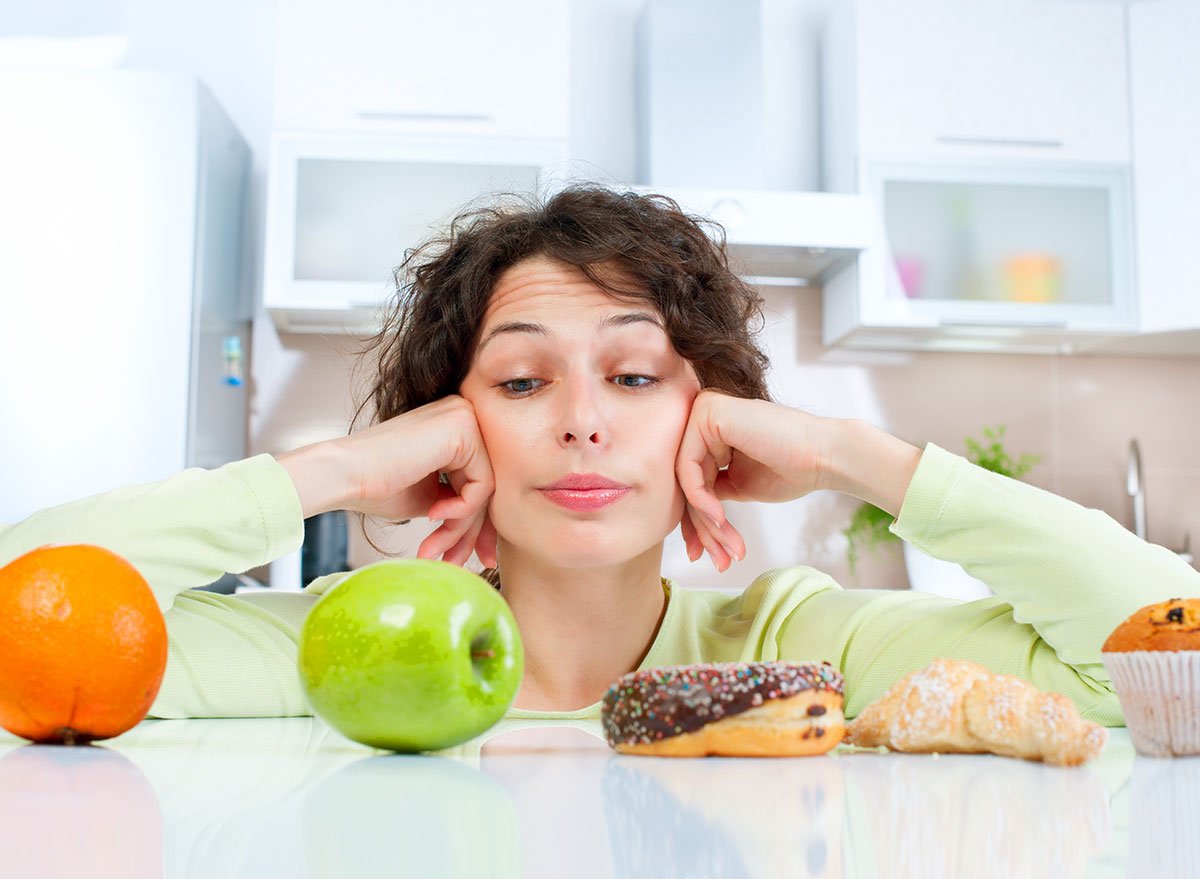There are plenty of foods with proven mood-boosting benefits that can help you get happier and healthier with every bite.
Our brains and our bodies can often feel like they’re operating on two different wavelengths: sometimes, your body tells you to take a nap when your brain knows you’ve still got work to do, or your belly just screams for a candy bar when your brain definitely knows better. However, when it comes to our mood, our food choices and our feelings go hand-in-hand more often than you might think.
While a greasy plate of fries or sugary snack may temporarily alleviate a bad mood, long-term happiness is rarely doled out at a drive-thru. Fortunately, there are plenty of foods with proven mood-boosting benefits that can help you get happier and healthier with every bite. So, before you dive headfirst into another value meal, add these foods that make you happy to your menu.
Here are some foods that make you happy and boost your overall mood.
Black Beans
Beans are a magnesium-rich food that helps boost the happiness hormone, serotonin, and bloated feeling, too. As if that’s not enough, these small but mighty guys are antioxidant-rich and loaded with other good-for-you nutrients like iron, fiber, copper, zinc and potassium.
Whole Grain Bread
When your hormones are all over the place (PMS, stress at work, whatever), you wind up craving carb-rich foods because they help comfort your hormonal rollercoaster. But cookies won’t make you nearly as happy (or thin) as a complex carb like whole grain bread. However, unlike cookies, those whole grains can improve the number of good bacteria in your gut, which can have a profound influence on your mood. When you can’t stand the sight of another sandwich, the healthy sources of carbs will help you fill up and slim down.
Beets
It’s hard to beat the amazing beet. Beets contains betaine, which supports serotonin production in the brain, elevating your mood along the way. Beets also have a potent dose of folic acid in them, which stabilizes emotional and mental health, improving your chances of happiness with every bite.
Seaweed
Seaweed—yes, like in your sushi or on the side as a salad—is packed with depression-fighting iodine, which isn’t always so easy to find in food (and no, please don’t start downing Spoonfuls of iodized salt to get enough). Iodine is critical for your thyroid to function properly, which influences your energy, weight, and even your brain functions, leaving you feeling blue when you have too little, and a whole lot happier when you’re meeting your goals.
Blueberry Juice
Darkly colored berries lead to weight loss, decreasing the formation of fat cells by up to 73%—that alone will improve your mood. But berries also carry heavy doses of vitamin C. Too little C—a possibility when you’re hunkering down on comfort foods and no longer enjoying a summer bounty of tomatoes, peppers, and fruit salads—can lead to fatigue, depression, low motivation, and the general feeling that you’re sloshing around in wet snow boots 24/7. Blueberries just so happen to be a great source of resveratrol, an antioxidant pigment that research published in Frontiers in Endocrinology has linked to relief from depression.
Red Wine
A few cocktails may make you feel giddy for the moment, but red wine can help make you happier in the long-term. Red wine is not only good for your heart health, researchers in Spain have also linked drinking the occasional glass of red wine with reduced depression risk. Red wine also happens to be a good source of resveratrol, a pigment found in grapes that has been linked to reductions in belly fat and improved mood!
Eggs
Eggs are loaded with mood-promoting omega-3 fatty acids, zinc, B vitamins, and iodide, and because they’re packed with protein, they’ll also keep you full and energized long after you eat them. Need another reason to crack some shells in the morning? A 2008 study in the International Journal of Obesity found that people who ate two eggs for breakfast lost significantly more weight than those who chowed down on a bagel.
Pro tip: don’t buy into unregulated supermarket-egg claims like “omega-3 enriched” or “free-range.” If you’re looking for the most natural eggs, hit up a local farmer.
Red Peppers
Why red? Aren’t all peppers the same? In fact, red bell peppers—which have been allowed to ripen on the vine and not picked when still green—have considerably higher nutrient scores than their underdeveloped brethren—more than double the vitamin C and up to 8 times as much vitamin A. In a recent survey of nutrient density, researchers at William Paterson University ranked red peppers as second only to leafy greens as the most potent of vegetables. The higher concentration of vitamins helps to improve your mood directly, as well as boost your immune system and lessen cold symptoms.
Stir-fry or roast them if you’re not down with nibbling them raw to get the most of their vitamins and nutrients.
Coconut
Coconut is chock-full of medium-chain triglycerides, fats that fuel better moods; a joint study from researchers at Yale and SUNY Albany even found this tasty treat has a neuroprotective effect. And although coconut is commonly found in high-calorie desserts, you don’t have to (and shouldn’t) stuff your face with macaroons to get your fix. Try using some coconut cream in your coffee, adding some unsweetened flakes to your favorite baked good, or just crack a fresh one open and go to town.
Dark Chocolate
Turns out chocolate’s delicious taste isn’t the only reason it makes you feel so warm and fuzzy. The cocoa treat also gives you an instant boost in mood and concentration, and improves blood flow to your brain, helping you feel more vibrant and energized. Research conducted by the British Pharmacological Society even reveals that cocoa flavonols can boost your cognitive performance, making it easier to keep killing it at work. Sadly, Snickers bars don’t count. Cocoa is the chocolate ingredient that does your body good, so pure dark chocolate is your best bet if you want the mood-boosting benefits minus the extra belly flab. Just make sure you don’t overdo it: A study published in the Journal of Clinical Psychopharmacology found that a few ounces of dark chocolate a day is all you need to reap the benefits.
Pumpkin Seeds
Pumpkin seeds are like crunchy little nuggets of happiness. They’re one of the best food sources of tryptophan, an amino acid that helps promote the production of serotonin in your brain. Tryptophan can also have a calming effect, making it easier to hit the hay at night and wake up feeling refreshed.
Mussels
Mussels are loaded with some of the highest naturally-occurring levels of vitamin B12, a vitamin countless adult are missing out on. So, what’s B12’s mood-saving trick? It helps insulate your brain cells, keeping your brain sharp as you age. Mussels also contain the trace nutrients zinc, iodine, and selenium, which keep your thyroid—a major mood regulator—on track. Another benefit? Mussels are high in protein and low in fat and calories, making them one of the healthiest, most nutrient-dense foods that make you happy out there.
Yogurt
This dairy pick is packed with more calcium than you’ll find in milk or regular yogurt, which is good news for your mood. Calcium fires the starter’s pistol for the neurotransmitters in your brain, which can increase feelings of contentment and well-being. As a result, inadequate calcium intake can lead to anxiety, depression, irritability, impaired memory, and slow thinking. Yogurt also contains more protein than regular yogurt, making it a terrific stay-slim snack.
Asparagus
Your mom was onto something when she made you finish those green spears at the dinner table. This vegetable is one of the top plant-based sources of tryptophan, which serves as a basis for the creation of serotonin—one of the brain’s primary mood-regulating neurotransmitters. Asparagus also boasts high levels of folate, a nutrient that may fight depression; in fact, research suggests that up to 50 percent of people with depression suffer from low folate levels.
Honey
Honey, unlike table sugar, is packed with beneficial compounds like quercetin and kaempferol that reduce inflammation, keeping your brain healthy and warding off depression. This sweetener also has a less dramatic impact on your blood-sugar levels than regular sugar, so it won’t send your body into fat-storage mode the way the white stuff can, or lead to one of those unpleasant sugar crashes that can make you feel like all your energy has been drained. Honey also boasts antibacterial properties, helping you fend off illnesses that can make you feel blue.
Cherry Tomatoes
Tomatoes are a great source of lycopene, an antioxidant that protects your brain and fights depression-causing inflammation. And because lycopene lives in tomato skins, you’ll get more of the stuff if you throw a handful of cherry tomatoes into your next salad instead of slicing up one full-size tomato. Want to take your happiness up a notch? Drizzle those tomatoes with a little olive oil, which has been shown to increase lycopene absorption. Although it can be a pricey habit, try to go organic whenever possible: researchers at the University of California-Davis found that organic tomatoes have higher lycopene levels.
Olive Oil
Enjoying a better mood could be as simple as drizzling some olive oil on your salad. Researchers at Kyushu Nutrition Welfare University found that healthy fats, like those found in olive oil, were more effective at improving the mood of animal test subjects than unhealthy trans fats.
Spinach
Iron deficiency—a problem many women face—can sap your energy. “Iron deficiency is common and can result in feelings of exhaustion, weakness, and irritability. Bjork says remedying the situation requires a two-part approach: “If you think your diet lacks iron, focus on eating more spinach, grass-fed red meat, and liver, all foods rich in the nutrient. Then, ensure sure your body can utilize the iron,” she says. “Consuming probiotic-rich yogurt, fatty fish and an L-glutamine supplement can improve gut health and help your body to absorb iron more efficiently.
Certain foods are more powerful together than alone. Did you know that eating a tangerine with your spinach salad is a brilliant move because the tangerine helps your body absorb the iron from the spinach? Now you do.
Green Tea
Swap out that sugary latte for a cup of green tea and you’ll be improving both your physical health and your mood in one fell swoop. Not only can the naturally-occurring caffeine in green tea give you a boost, the epigallocatechin-3-gallate, or EGCG, found in green tea has been linked to improvements in mood.
Researchers at Northwest A&F University’s College of Food Science and Engineering found that mice given green tea supplementation alongside a sugary, high-fat diet lost fewer neurons than those who ate the unhealthy diet alone. Over time, this could reduce the risk of memory loss and neuron-death-related emotional health issues.
Flaxseed
We’ve got some good news for all you fish-phobes out there: you can still enjoy all the benefits of omega-3s without ever digging into a meal that lives in the briny deep. Flaxseed, whether in its whole form, ground into flax meal, or pressed into oil, is an amazing source of mood-boosting omega-3s, too.
Just a single one-ounce serving of flaxseeds packs 6,338 milligrams of ALA, as well as eight grams of fiber, which can help improve the health of your gut, making your whole body healthier and happier along the way.
Salmon
If you’ve been favoring fish over higher-fat cuts of meat, you might be on track toward banishing those blues. Salmon is a great way to load your diet with omega-3 fatty acids, which can help reduce inflammation throughout your body, improving your mood in the process.
Research published in the Journal of Affective Disorders reveals that depressed study subjects whose diets had omega-3s added to their diets had significant improvements in their symptoms.
Crab
A little crab on your menu can make you feel a whole lot less crabby in the long run. This seafood is a serious mood-booster, packing 351 milligrams of omega-3s per three-ounce portion, thus reducing painful inflammation that can sap anybody’s happiness.
For those whose suffer from depression-promoting anemia, crab is a particularly good choice; it’s high in iron, helping you say so long to that low mood in seconds.
Bananas
Satisfying that sweet tooth doesn’t have to mean a sugar high and the subsequent low mood following a crash. Bananas are considered a low-glycemic food, meaning they’re less likely to trigger an insulin spike than your average sugar-loaded treat, and they also happen to be an excellent source of that old happiness helper, potassium.
In fact, a study published in the British Journal of Nutrition in 2008 reveals that diets with ample potassium helped reduce symptoms of depression and stress.
Peas
Whether you like them mushy, whole, stir-fried, or just eat them right out of the freezer, peas are a pretty great way to put happiness back on your menu. Peas are a vegan-friendly source of iron, which can help you combat those bummed-out feelings that often accompany iron-deficiency anemia. All that iron can also help reduce feelings of exhaustion, a surefire happiness killer.
Brussels Sprouts
You might have side-eyed Brussels sprouts as a kid, but as a savvy adult, you should know that they’re a potent prescription for a better mood. Brussels sprouts are not only a good source of potassium, which has been linked to reduced symptoms of depression, they also pack more than a day’s worth of vitamin C per cup, supplementation with which a study published in the Pakistan Journal of Biological Sciences has found effective at combatting stress.
Chicken
When it comes to eating your way to a better mood, chicken is pretty hard to beat. Chicken is a great source of mood-boosting, energizing nutrients like B6, potassium, and zinc. Better yet, Australian researchers at the University of Adelaide and the Queen Elizabeth Hospital found that high-protein diets, like those with plenty of chicken on the menu, improved self-esteem and reduced depression in female study subjects.
Raisins
Giving your mood a makeover is as easy as adding some additional iron to your diet, and luckily, raisins just so happen to be a great source of the stuff. Just one itty-bitty box of raisins packs four percent of your daily iron requirement, as well as plenty of magnesium, B6, and vitamin C.
Oysters
Oysters may be best known for their purported aphrodisiac properties, but they’re also pretty stellar at making people happy north of the navel, too. This mollusk is loaded with omega-3s, iron, potassium, and magnesium, all of which have been shown to have mood-boosting benefits.
Avocado
Sure, millennials are allegedly spending cash that should have been used to buy real estate on avocado toast, but hey, at least they’re some of the foods that make you happy. Fortunately, all those monounsaturated-fat-rich avocados are doing more than just pleasing palates; research published in Physiology & Behavior reveals that diets loaded with healthy fats decreased symptoms of anxiety in rats.
Apricots
Apricots may be small, but they’re a mighty weapon when you’re waging war on a bad mood. These stone fruits are loaded with vitamin C and beta-carotene, which researchers in India have linked to reduced symptoms of depression and anxiety.
Chia Seeds
Whether you’re tossing them in a smoothie or using them to add some extra crunch to your favorite salad, chia seeds are a way to get happy in a hurry. Chia seeds pack more depression-busting omega-3s per ounce than salmon, and their high fiber content can help you enjoy a healthier gut (and a happier mood along the way).
Broccoli
Getting happier could be as simple as adding some broccoli to your next stir-fry. Those teeny-tiny trees are not only a good source of anemia-defeating iron, they also pack more than a day’s worth of that old immune system defender and mood-booster, vitamin C, per cup.
Lemon
Listening to “Lemonade” isn’t the only way citrus can make you happier. The results of a Japanese study published in the Journal of Alternative and Complementary Medicine reveal that just the scent of citrus fruits, like lemon, can improve a person’s mood. When you couple that with the high vitamin C content in lemons, you’ve got a prescription for a happier you.
Tuna
Tuna is one of the foods that make you happy because it’s nutritionally good for you and it’s good for your wallet (it’s cheap!). This fatty fish is more than just a sandwich staple; albacore tuna just so happens to be one of the best mood-boosters on the market. Research published in European Neuropsychopharmacology has found that omega-3 supplementation has a significant effect on mood, and luckily, tuna just so happens to pack more than 1,000 milligrams of the stuff in a three-ounce serving. Just make sure you’re limiting your tuna consumption to a few sandwiches or sushi rolls a week; it’s recommended that men eat no more than 14.5 ounces of the stuff, and that women consume no more than 12.5 ounces to keep mercury levels to a minimum.
Walnuts
Crack open a few walnuts and you might just crack the code for happiness in the long term. Walnuts are a source of happiness-promoting omega-3 fatty acids, as well as being loaded with heart-healthy mono- and polyunsaturated fats. Even better, researchers at the University of New Mexico found that young men who added a half-cup of walnuts to their daily meal plan experienced significant improvements in their mood over just eight weeks.
Mushrooms
Vitamin D, AKA the sunshine vitamin, can make your disposition a whole lot sunnier too, thanks to its happiness-boosting effects. Luckily, each cup of chanterelles boasts nearly a third of your daily vitamin D, a deficiency in which has been linked to depression and fatigue. While many vitamin D-rich foods are meat- or dairy-based, Mushroom also have the added benefit of being vegan-friendly (and delicious, too).
Clams
Steam up a batch of clams and you’ll be as happy as one in no time. Clams are a surprising source of happiness-promoting, immune-boosting vitamin C, as well as being loaded with more than 1000 percent of your daily vitamin B-12. Considering that a lack of dietary B-12 has been linked to everything from brain fog to depression, there’s no time like the present to gear up for an old-fashioned clam bake.
Coffee
Your daily Starbucks habit may be making your bank account sad, but it’s sure to brighten your mood. A 2016 study published in the Australian and New Zealand Journal of Psychiatry found that caffeine consumption was inversely correlated with symptoms of depression and anxiety.
Lentils
Making lentils a staple on your menu is the first step toward a happier you. Lentils are a good source of anemia-fighting iron and energizing B-6, and they also happen to be a great way for vegans and vegetarians to boost the amount of protein in their diet. Studies have linked high-protein diets to reduced anxiety and depression, so there’s no time like the present to break out your best dal recipe.
Brown Rice
The first step on the path toward a happier you could be swapping out some of your favorite gluten-laden carbs for brown rice. Research published in BMC Psychiatry reveals that study subjects who adhered to a gluten-free diet enjoyed relief from their depression and anxiety. Brown rice can also help fight mood-depleting conditions like iron-deficiency anemia, thanks to its healthy helping of iron.
Oranges
Have a craving for something sweet? Try grabbing an orange: one of the most popular foods that make you happy. Not only will you satisfy your sweet tooth, you’ll be loading your diet with vitamin C. This vitamin has been linked to reduced anxiety and depression. In fact, a 2016 American Journal of Clinical Nutrition study found a connection between citrus consumption and depression. Women who consumed two or more servings of citrus daily reduced their risk of depression up to 18 percent.
